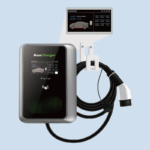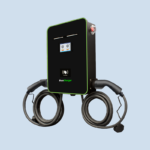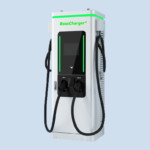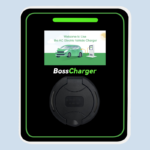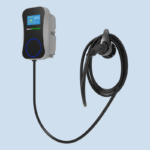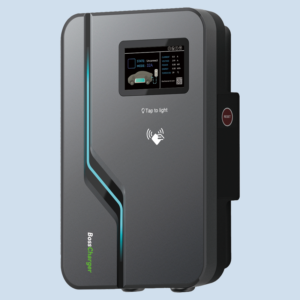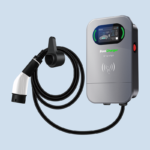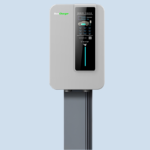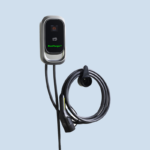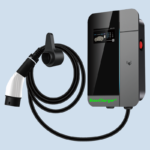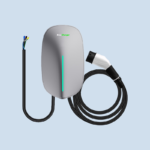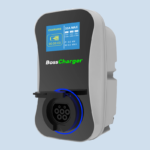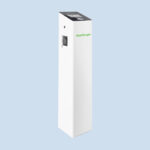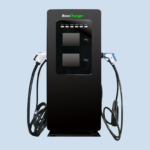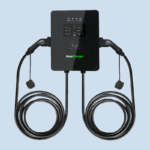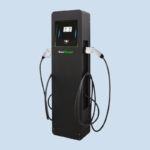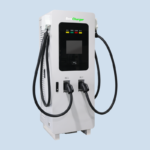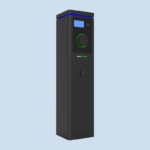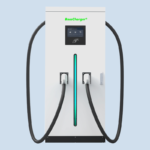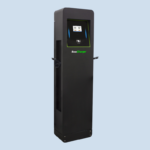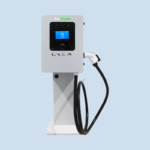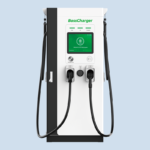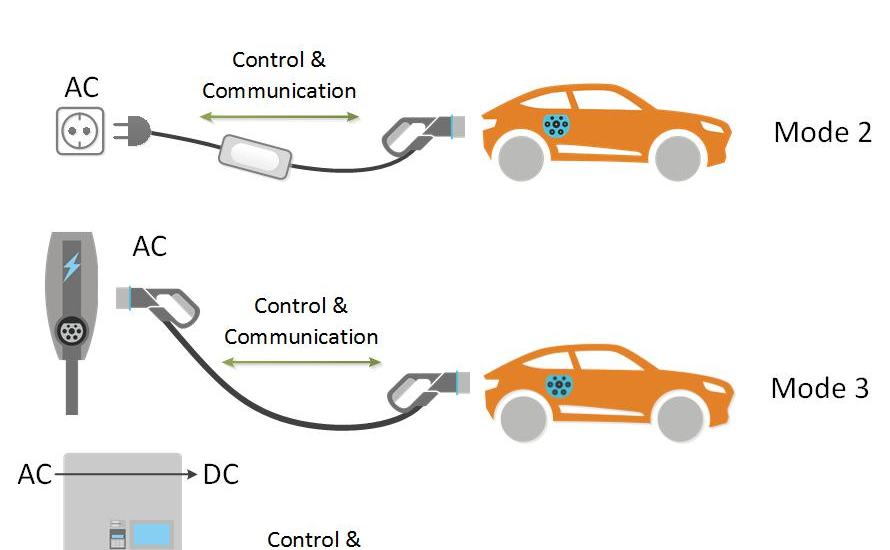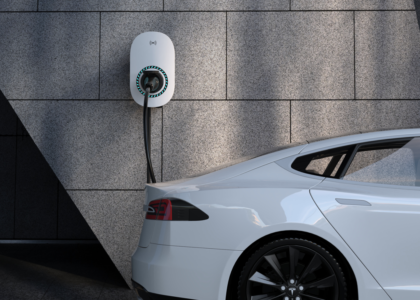As electric vehicles (EVs) become more prevalent, understanding the various charging modes is essential for both EV owners and those considering the switch to electric mobility. The International Electrotechnical Commission (IEC) defines four primary charging modes in the IEC 61851-1 standard, each catering to different charging needs and infrastructures.
⚡ Overview of IEC 61851-1 Charging Modes
| Mode | Type | Voltage (V) | Current (A) | Power (kW) | Description |
|---|---|---|---|---|---|
| Mode 1 | AC | 250 (single-phase)<br>480 (three-phase) | 16 | 4 (single-phase)<br>11 (three-phase) | Direct connection to a standard household socket without additional safety features. |
| Mode 2 | AC | 250 (single-phase)<br>480 (three-phase) | 32 | 7.4 (single-phase)<br>22 (three-phase) | Charging via a standard socket with an in-cable control and protection device (IC-CPD). |
| Mode 3 | AC | 250 (single-phase)<br>480 (three-phase) | 32 | 7.4 (single-phase)<br>22 (three-phase) | Dedicated charging station with bidirectional communication between the EV and the charger. |
| Mode 4 | DC | 400 | 200 | 80 | Direct current fast charging station delivering high power directly to the EV’s battery. |
🔌 Detailed Breakdown of Each Charging Mode
Mode 1: Basic Charging from a Household Socket
Mode 1 involves connecting an EV directly to a standard household socket without any additional safety mechanisms. While this method is simple, it lacks essential safety features such as overcurrent protection and earth leakage detection. Due to these safety concerns, Mode 1 is prohibited or restricted in many countries, including the United States, United Kingdom, and several European nations. It is primarily suitable for low-power devices like electric bicycles or scooters.

Mode 2: Charging with In-Cable Control and Protection Device
Mode 2 enhances safety by incorporating an in-cable control and protection device (IC-CPD) between the EV and the power source. This device monitors parameters like current, temperature, and earth connection, ensuring safe charging. Mode 2 is commonly used for home charging and can be connected to standard household sockets. However, it’s essential to ensure that the socket and wiring can handle the increased load.

Mode 3: Dedicated Charging Station with Bidirectional Communication
Mode 3 utilizes a dedicated charging station (EVSE) that communicates with the EV to manage charging parameters such as current and voltage. This mode supports higher charging speeds and is commonly found in public and private charging locations. The EVSE and EV exchange information to optimize charging efficiency and ensure safety.

Mode 4: Direct Current Fast Charging
Mode 4 offers the fastest charging speeds by supplying direct current (DC) directly to the EV’s battery, bypassing the onboard charger. This method is typically used in public fast-charging stations located along highways and in urban areas. Mode 4 can deliver high power levels, significantly reducing charging time.

🏠 Choosing the Right Charging Mode for Your Needs
Home Charging: For residential settings, Mode 2 is commonly used due to its balance of safety and convenience. Mode 3 can also be considered for faster charging speeds.
Public Charging: Mode 3 is prevalent in public charging stations, offering a good balance between speed and safety. Mode 4 is suitable for locations requiring rapid charging capabilities.
Safety Considerations: Always ensure that the chosen charging mode complies with local regulations and safety standards. It’s advisable to consult with a certified electrician before installation.
🔧 Final Thoughts
Understanding the different EV charging modes is crucial for selecting the appropriate charging solution that meets your needs and complies with safety standards. Always prioritize safety and consult with professionals when setting up or upgrading your EV charging infrastructure.

